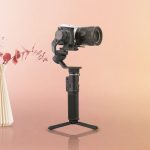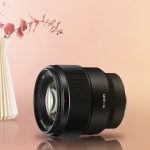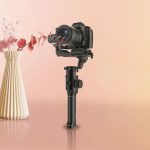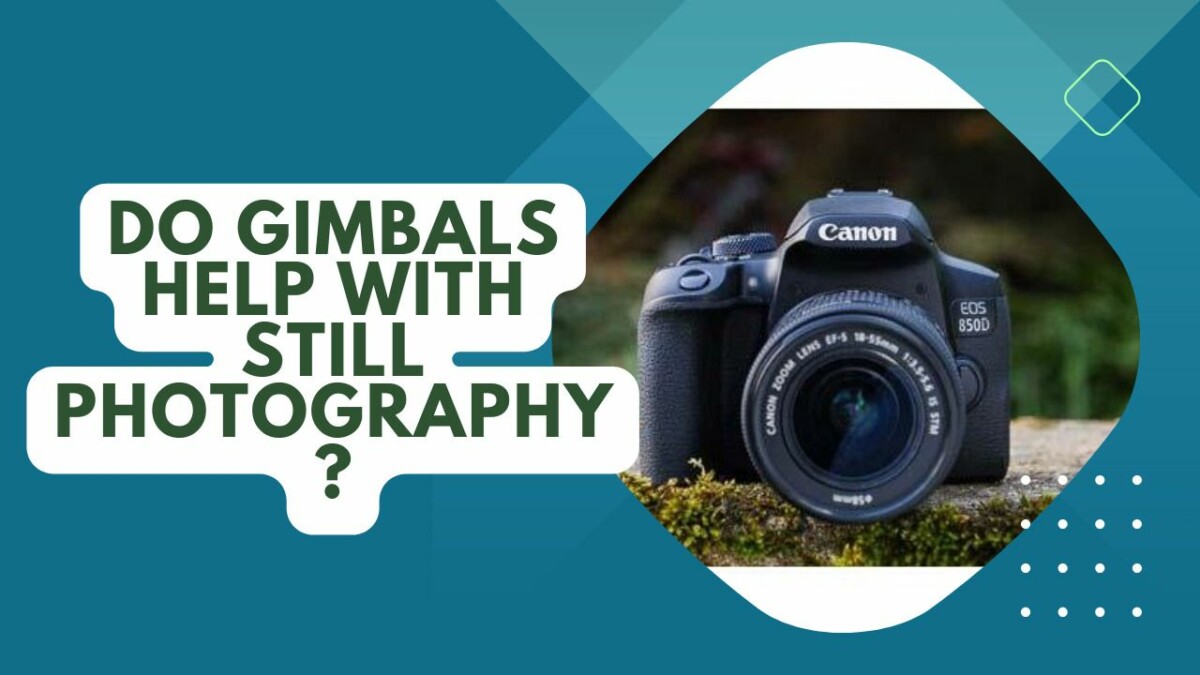 So, you’re thinking about getting a gimbal for your photography game, huh? You’re probably wondering if this high-tech gadget can really elevate your still shots or if a good old, reliable tripod will do the trick. Don’t stress, we’re here to break it down for you. We’re going to dive deep into the pros and cons of these tools, cutting through the noise to give you the real scoop. So buckle up and prepare to level up your photo knowledge. Let’s talk gimbals and tripods, and help you make an informed choice. You ready? Let’s do this!
So, you’re thinking about getting a gimbal for your photography game, huh? You’re probably wondering if this high-tech gadget can really elevate your still shots or if a good old, reliable tripod will do the trick. Don’t stress, we’re here to break it down for you. We’re going to dive deep into the pros and cons of these tools, cutting through the noise to give you the real scoop. So buckle up and prepare to level up your photo knowledge. Let’s talk gimbals and tripods, and help you make an informed choice. You ready? Let’s do this!
Are Gimbals Useful for Still Photography?
While gimbals are typically associated with stabilizing video footage, they can also come in handy for still photography. This is especially true when you’re working in challenging conditions or need to shoot at slower shutter speeds where handshake could become an issue. Getting your head around the whole gimbal thing in photography means realizing that they’re not always a must-have for taking still photos. However, when it comes to shooting videos or tracking subjects on the move, gimbals are pretty much a game-changer. Picture yourself trying to capture a high-intensity action shot – that’s where gimbals truly shine. They’re like the ultimate tracking device, smoothly following your subject no matter how swift their movements, giving you a level of flow you just can’t get with a tripod. Now, don’t get me wrong, tripods are great for keeping your camera steady, but they kind of fall short when you need to capture something speedy. They’re just not cut out for those fast, sweeping movements. If you’ve got a high-speed car chase or a super-charged football match to film, a gimbal should be your go-to tool. But hey, let’s not overlook the fact that gimbals come with their own set of hurdles. They’re a bit on the heavy side, can be a little hard on the wallet, and need a decent battery life to function. So, before you rush off to get one, do a little balancing act between the good and the bad and decide what works for you.
The Importance of Tripods in Still Photography
 If you’re into still photography, let me tell you, tripods will become your go-to gadget. They’re like the secret sauce for getting those crystal-clear, perfectly balanced shots. They’re super handy for long exposure shots – you know, the ones where you need your camera to stay rock steady for a while? That’s when a tripod steps in and saves the day by cancelling out any camera shake. The end result? A shot that’s so crisp and sharp, it’ll make your Instagram followers stop mid-scroll. Now, picking out the perfect tripod might seem like a daunting task. But trust me, it’s not rocket science. You just gotta keep a few things in mind like how heavy or tall your camera is, where you’re most likely to be shooting, and of course, how much dough you’re willing to shell out. A tripod that’s solid yet light, and easy to tweak is usually a safe bet. And just a heads up, while gimbals definitely have their perks, when it comes to still photography, it’s tripods that’ll give you that perfect blend of stability and precision.
If you’re into still photography, let me tell you, tripods will become your go-to gadget. They’re like the secret sauce for getting those crystal-clear, perfectly balanced shots. They’re super handy for long exposure shots – you know, the ones where you need your camera to stay rock steady for a while? That’s when a tripod steps in and saves the day by cancelling out any camera shake. The end result? A shot that’s so crisp and sharp, it’ll make your Instagram followers stop mid-scroll. Now, picking out the perfect tripod might seem like a daunting task. But trust me, it’s not rocket science. You just gotta keep a few things in mind like how heavy or tall your camera is, where you’re most likely to be shooting, and of course, how much dough you’re willing to shell out. A tripod that’s solid yet light, and easy to tweak is usually a safe bet. And just a heads up, while gimbals definitely have their perks, when it comes to still photography, it’s tripods that’ll give you that perfect blend of stability and precision.
Comparing the Costs: Gimbals Vs. Tripods
 When it comes to dropping cash on gimbals or tripods, your wallet’s gonna feel the pinch a touch more with gimbals. However, it’s all about what you need for your shots. Let’s break it down. Gimbals have a higher price tag, sure, but they give you the kind of dynamic movement that’s killer for tracking things on the move. Perfect for videography, but maybe a bit much if you’re just taking some still shots, unless you’re all about capturing that perfect action shot in sports or wildlife photography. Now, let’s talk tripods. These bad boys are more wallet-friendly and they’re your go-to for stability, which is key for still photography. But they’re not gonna give you that smooth, fluid movement that you get with gimbals. It’s all about what you need for your work, you know? Spend the money where it’s gonna make a difference in your shots. If you pick the right tool, it’s gonna up your game in a huge way and be worth every single penny you spent.
When it comes to dropping cash on gimbals or tripods, your wallet’s gonna feel the pinch a touch more with gimbals. However, it’s all about what you need for your shots. Let’s break it down. Gimbals have a higher price tag, sure, but they give you the kind of dynamic movement that’s killer for tracking things on the move. Perfect for videography, but maybe a bit much if you’re just taking some still shots, unless you’re all about capturing that perfect action shot in sports or wildlife photography. Now, let’s talk tripods. These bad boys are more wallet-friendly and they’re your go-to for stability, which is key for still photography. But they’re not gonna give you that smooth, fluid movement that you get with gimbals. It’s all about what you need for your work, you know? Spend the money where it’s gonna make a difference in your shots. If you pick the right tool, it’s gonna up your game in a huge way and be worth every single penny you spent.
The Challenges of Using Gimbals for Still Photography
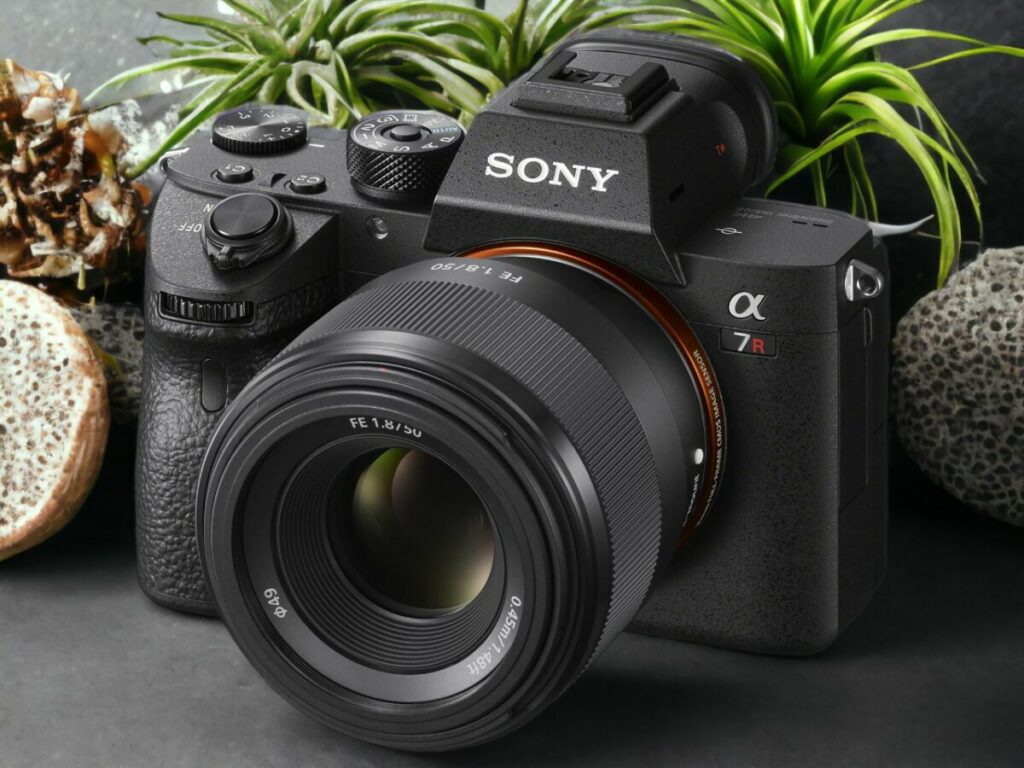 Using gimbals for still photography can be a bit of a mixed bag. They’ve got some cool perks like giving your shots a more stable and smoother look. But man, they’ve got their share of headaches too. First off, they’re not just about shelling out some serious cash or lugging around extra weight. Sure, they can be a sweet addition to your kit for some complex shots, but for the simple stuff? It can feel like you’re just beefing up your gear for no good reason. Then there’s the whole battery situation. Yeah, they run on batteries which means you’re always living on the edge, wondering if you’re gonna run out of juice at the worst possible moment. But the real kicker? Long exposure shots. Unlike your trusty tripod, gimbals just don’t cut it when it comes to these types of shots. Their design and the way they work just don’t offer the same solid, unchanging support you need to nail that perfect long exposure shot.
Using gimbals for still photography can be a bit of a mixed bag. They’ve got some cool perks like giving your shots a more stable and smoother look. But man, they’ve got their share of headaches too. First off, they’re not just about shelling out some serious cash or lugging around extra weight. Sure, they can be a sweet addition to your kit for some complex shots, but for the simple stuff? It can feel like you’re just beefing up your gear for no good reason. Then there’s the whole battery situation. Yeah, they run on batteries which means you’re always living on the edge, wondering if you’re gonna run out of juice at the worst possible moment. But the real kicker? Long exposure shots. Unlike your trusty tripod, gimbals just don’t cut it when it comes to these types of shots. Their design and the way they work just don’t offer the same solid, unchanging support you need to nail that perfect long exposure shot.
Practical Tips for Achieving Stability in Still Photography
Let’s jump into some of the top strategies you can adopt to get that rock-solid stillness in your photography. You might wanna think about some out-of-the-box stabilization tricks, like banking on a good old tripod. Honestly, tripods are a lifesaver for any photographer, giving you a sturdy base and the freedom to tweak things just the way you want. One of the cool things about using tripod heads for balance is that you can straight up mount the camera or even the lens if your gear is a bit on the heavy side, giving you a nice, even weight distribution. This simple move can majorly cut down on the risk of your camera toppling over, guaranteeing you those super sharp, high-definition shots. And hey, don’t forget – gimbals mightn’t be the holy grail you’re looking for, particularly when you’re eyeing precision and dependability.
Wrapping It Up: Why Gimbals Are a Gamechanger in Still Photography
Crazy, huh? Who knew that you could shoot smooth, macro photography without the inevitable arm cramp? This is where gimbals come into play. All I’m saying is, these things can seriously step your photography game up and that’s a fact. So let’s peep game onto this fun (and slightly nerd-filled) world of photography – embracing not just the aesthetic but the techy aspects too.
Ok, so you’re prepping for a glorious wedding shoot. Big event. No pressure. Do we panic about flashes? Nope! Instead, we ask ‘do I need a flash for wedding photography?‘ and we find that the answer might just be simpler than we thought. You know what isn’t so simple though? Trying not to cry during the vows. I swear, it gets me every time.
Now, let’s talk real estate. You’re probably thinking ‘do I need a full-frame camera for real estate photography?’ And you’re not alone in this conundrum my friend. It’s a question for the ages, right? That’s what it feels like sometimes.
But hey, listen to this: whether it’s macro, wedding, or real estate photography, gimbals are our secret weapon to shoot those crisp stills. It’s not just about keeping your snaps steady, it’s about adding dynamic motion to your arsenal, making images pop and blurring the line between photography and cinematography. Yes, my peeps, gimbals really do help with still photography. And that’s the tea.

Wedding Photographer
From nature to urban landscapes, my camera is my tool for expressing my creativity and telling stories through my lens.
